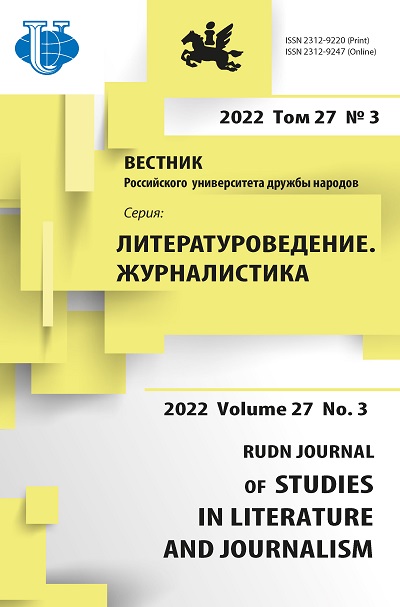Abstract
Probably, the beginning of the pro-American trend in the development of Korean media was the editorial policy of the Korean media in the middle of the 20th century. This assumption is tested with the help of historical and typological analysis of the Korean mass media during the period of the American military administration in 1945-1948. In in the context of the media, a characteristic of the political situation of that period is given. A comparative descriptive method and a classification method were applied. Previously unpublished information about the structure, language, and style, circulation, audience, thematic focus of two newspapers, the most popular at that time in Korea, is presented. In addition, the most significant personalities in the field of journalism of the designated period are identified. This study not only provides an insight into the political situation and journalism of 1945-1948 but also draws attention to the origins of the long-term influence that the United States of America had on the ideological transformation of the Korean media. It was discovered that at first the American military administration in Korea guaranteed and supported freedom of the press, then an anti-communist policy was inspired and mainly pro-American publications remained in Korea. Thus, it is from the time when Korea was ruled by the American military administration that the Korean media has been favorable to the United States and negative to its opponents.
















